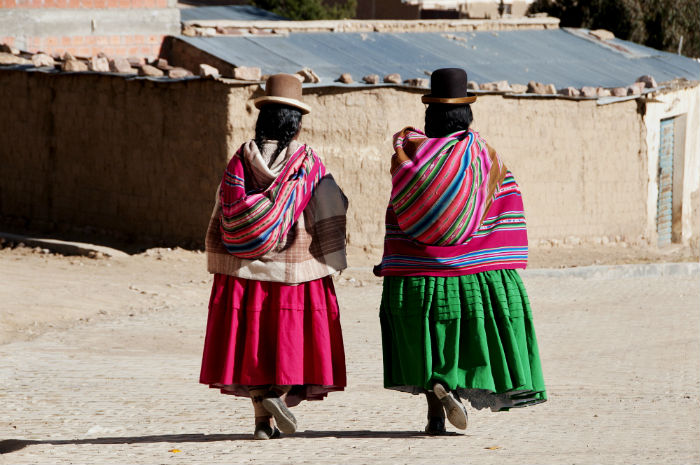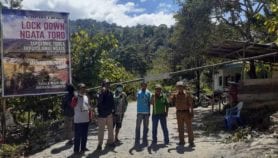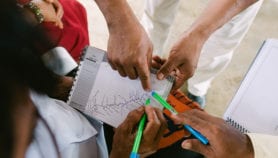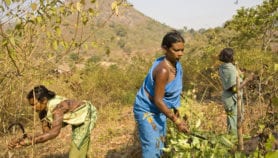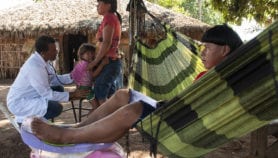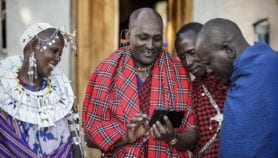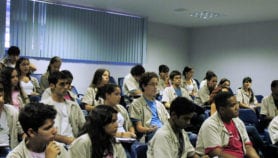By: Inga Vesper
Send to a friend
The details you provide on this page will not be used to send unsolicited email, and will not be sold to a 3rd party. See privacy policy.
Indigenous people need more support to become tech-savvy and deal with the threats digital technology can pose to their culture, a conference has heard.
Digital technologies such as smartphones and drones can bring problems as well as advantages to indigenous communities, an expert panel said at the World Conservation Congress on 5 September. Without in-depth knowledge of the scope of such technology, indigenous people may allow themselves to be misrepresented and their knowledge to get exploited, they said.
“Companies supplying indigenous people with services should have a cultural protocol to clarify who are the custodians of their data.”
Mikaela Jade, Indigital Storytelling
One issue is the struggle to keep sacred sites a secret in a world where posting photos and publishing blogs can reveal their locations. Often, well-meaning researchers compound the problem when they digitise photos of cultural sites or traditional knowledge for scientific purposes, says Mikaela Jade, the founder of Indigital Storytelling, an Australian company using digital technologies to preserve aboriginal culture.
“Companies supplying indigenous people with services should have a cultural protocol to clarify who are the custodians of their data,” she told SciDev.Net. “We need to know, can we take our data back and can we destroy it if it is causing a problem to have it in the public space?”
These issues are compounded by the fact that many indigenous communities still lack access to the digital world, the event heard. Having better access can encourage them to become more assertive in protecting their culture, suggests M’Lys Flynn, a digital mapper working with indigenous people in Australia.
The panel, which took place on 5 September in Honolulu, Hawaii, acknowledged that digital technology can enable indigenous communities to claim rights over land and better preserve traditions. Having access to GPS mapping, social media platforms and other communication tools is also crucial, to make their voices more prominent in global discussions, the panellists agreed.
The best way forward, says Roberto Borreo, a consultant at the International Indian Treaty Council, is for communities and digital companies to work together. The Taino people in the United States, for example, helped a start-up game company to develop Arrival: Village Kasike, a mobile-phone strategy game set in pre-Columbian Central America.
Taino representatives were involved throughout the development process, ensuring the game represents their culture correctly and gives a balanced view of their lives.“Some game developers just appropriate Indian culture, they use our stories and symbols without any benefits to the communities,” Borreo says. “They represent us as violent or primitive, and we do not need to encourage any more racism or violence against indigenous communities.”
With better knowledge of digital technologies, indigenous people will also be in a position to choose which technologies they want to let into their lives, Jade says.


